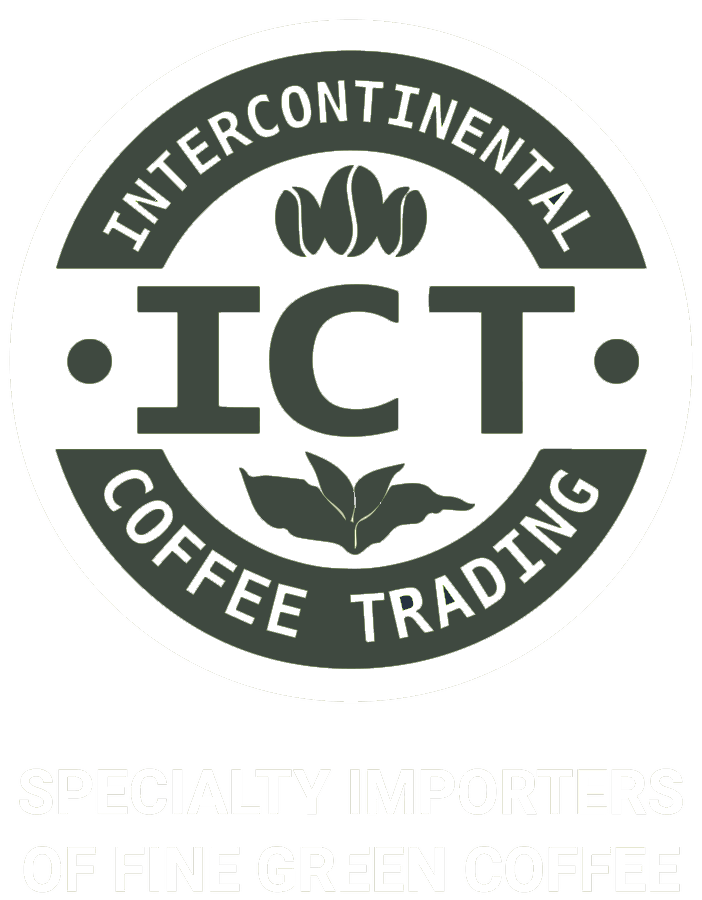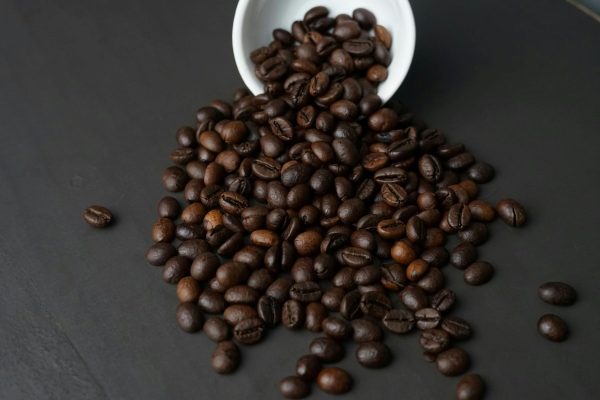Understanding Decaffeination: A Brief History
The journey of decaffeinated coffee began in 1905 when German coffee merchant Ludwig Roselius discovered the decaffeination process. After a shipment of coffee beans was accidentally soaked in seawater during transit, Roselius developed a method using benzene as a solvent – a practice that, while revolutionary at the time, has since been replaced by safer modern techniques. Today, decaf coffee represents approximately 12% of global coffee consumption, catering to a growing market of health-conscious consumers.
How Coffee Beans Are Decaffeinated?
The decaffeination process occurs while coffee beans are still green (unroasted). There are four primary methods used commercially, each affecting the final taste profile differently. These processes must occur before roasting because the green beans’ molecular structure allows for better caffeine extraction while preserving essential flavor compounds.
The Swiss Water Process
This chemical-free method, developed in Switzerland and now primarily conducted in Canada, uses water, temperature, and time to remove caffeine. The process begins by soaking green coffee beans in hot water, dissolving both caffeine and flavor compounds. This water passes through a carbon filter that captures caffeine molecules while allowing flavor components to remain. The resulting “flavor-charged” water is then used to soak new beans, which lose their caffeine but retain their flavor profile.
The Carbon Dioxide (CO2) Method
This modern approach, also known as the Sparkling Water Process, uses pressurized liquid CO2 to extract caffeine selectively. The process takes place in stainless steel extractors where CO2 acts as a solvent, specifically targeting caffeine molecules while leaving larger flavor molecules untouched. This method is particularly popular in large-scale commercial operations due to its efficiency and ability to preserve coffee’s natural characteristics.
Top Regions Producing Decaf Coffee Beans
- Colombia: Known for its high-altitude Arabica beans, Colombia leads in producing premium decaf coffee. The country’s consistent climate and rich volcanic soil create ideal growing conditions for beans that maintain their distinctive flavor profile even after decaffeination.
- Brazil: As the world’s largest coffee producer, Brazil’s vast coffee plantations dedicate significant resources to decaf production. The country’s diverse growing regions, from Minas Gerais to São Paulo, offer a wide range of flavor profiles suitable for decaffeination.
- Guatemala: The country’s eight distinct coffee-growing regions produce beans particularly well-suited for the Swiss Water Process, maintaining their chocolate and spice notes post-decaffeination.
Quality Standards and Certification
The decaffeination process must meet strict international standards. According to regulations, coffee labeled as decaffeinated must have 97% of its original caffeine content removed. This typically means the final product contains about 2-12 milligrams of caffeine per cup, compared to 95-200 milligrams in regular coffee. Quality control involves regular testing and certification by independent laboratories to ensure compliance with these standards.
The Growing Demand for Premium Decaf
Market Trends
The premium decaf coffee market has experienced significant growth, driven by increasing health consciousness and improved decaffeination techniques. Consumer demand for high-quality decaf that matches the taste profile of regular coffee has pushed producers to innovate and refine their processes.
Consumer Demographics
- Health-conscious millennials seeking caffeine alternatives
- Older adults managing caffeine sensitivity
- Pregnant women maintaining their coffee ritual
- Evening coffee drinkers looking to avoid sleep disruption
- Individuals with certain medical conditions requiring reduced caffeine intake
Environmental Impact and Sustainability
Modern decaffeination facilities prioritize environmental responsibility. The Swiss Water Process facility in Vancouver, for example, operates on renewable energy and implements water recycling systems. CO2 processing plants capture and reuse carbon dioxide, creating a closed-loop system that minimizes environmental impact. Additionally, many facilities partner with green coffee suppliers who practice sustainable farming methods.
The Role of Specialty Coffee Roasters
Specialty coffee roasters play a crucial role in bringing high-quality decaf to consumers. These artisans carefully select decaffeinated beans and develop specific roast profiles that enhance their natural flavors. The roasting process requires particular attention with decaf beans, as they typically roast faster than their caffeinated counterparts due to structural changes during decaffeination.
Sourcing Premium Decaf Coffee Beans
For roasters seeking premium decaffeinated coffee beans, Intercontinental Coffee Trading offers an extensive selection of high-quality green decaf beans from the world’s finest growing regions. Our rigorous quality control processes ensure that each batch maintains its distinctive origin characteristics while meeting international decaffeination standards. Contact our expert sourcing team today to explore our premium decaf offerings and elevate your roasting program.

